The Fire Bible has continued to be one of the most popular Pentecostal study Bibles for many years. It was originally published as the Full Life Study Bible, and then the Life in the Spirit Study Bible, and then the Fire Bible. It’s also been published by several publishers and in several translations. Life Publishers is the latest publisher to release a copy with Passio’s popular translation, the Modern English Version (MEV). I’m reviewing the hardcover edition, ISBN: 9780736105033, made in USA.
Life Publishers provided this Bible in exchange for an honest review. I was not required to give a positive review, only an honest one. All opinions are my own.
_________________________________________________________
This Bible is available at (includes some affiliate links)
and many local Bible bookstores
_________________________________________________________
Video Review
Cover and Binding
This is a hardcover edition. It doesn’t include a dust jacket. Instead, everything is printed on the cover itself. The front includes a fire design that wraps around to the back. It shows the title on the front and the spine, while all of the sales information is printed on the back of the cover.
The binding seems to be glued. It does feel like it’s built well but I would prefer it to be sewn. The overall size is 9.5 x 6.75 x 1.5″.
Paper
The paper is thin, which makes sense considering it has 2064 pages and it isn’t a thick Bible even by study Bible standards. I’d guess it to be in the upper 20’s in gsm. It’s white in color and it’s decently opaque for how thin it is and has no glare under direct light. It has a slightly smooth texture. I was able to turn the pages easily enough. Many of the book introductions include lines for notes. I think it would be decent for notes as long as you don’t use pens that would bleed through. I’m sure the pens will show through, though.
Typography
The text is presented in double-column paragraph format. Poetry is set to stanzas and letters are indented. It has center-column references and commentary placed at the bottom of the page. The header shows the book name and chapter number in the outer margin and the page number in the center. Footnotes are placed under the last verse on the page.
The font is 8-point and is about a medium darkness. This is a red-letter edition. The red is bright. Both are highly consistent throughout the Bible. The references in the center are about the same size as the text. I wouldn’t mind have the references a little smaller and the text a little larger.
Sometimes the poetic lines could have been broken in better places, but for the most part, poetry and letters look pretty good for a double column layout.
It has around 42 characters across with around 7-9 words per line. It does seem to be line-matched, but I’m not sure that’s on purpose. It has a .5″ margin on the outside that can be used for small notes.
References
References are placed in the center column and are keyed to the text with letters. Those for the left column appear at the top and those for the right column are placed at the bottom. They include the chapter and verse number they correspond to in bold. It doesn’t have an abundance of references but it does have enough to help in study, especially when you consider the number of references in the study material.
Here are some example references to help you compare:
- Genesis 1:1 – Heb 11:3; Rev 4:11
- Deuteronomy 6:4 – Jn 17:3; Isa 42:8
- Isaiah 9:6 – Isa 7:14; Mt 28:18; Lk 2:11
- Matthew 17:20 – Lk 17:6; Mt 13:31; 21:21
- Mark 11:23 – Mt 17:20; 1Co 13:2
- Mark 12:29 – Dt 6:4; Lk 10:27
- John 1:1 – Jn 17:5; 1Jn 1:1-2
- John 2:19 – Mt 27:40; Mk 14:58
- Acts 2:38 – Lk 24:47; Ac 8:12; 22:16
- 1 John 1:1 – Jn 20:27: Lk 24:39; Ac 4:20
Footnotes
The MEV footnotes are placed under the last verse on the page within the column of text. They’re printed in a smaller typeface so they don’t blend in. They include alternate renderings, where the text is uncertain, manuscript variations, measurements, and descriptions. The descriptions include minerals, plants, aminals, agriculture, clothing, jewelry, musical instruments, and items that can’t be completely identified. The notes are excellent and are helpful in study.
Book Introductions
Book introductions are very detailed, taking 3-4 pages on average. They include an outline, author, theme, date, background, purpose, survey, special features, interpretation principle, a reading guide with checkboxes, and lines for notes. They’re well-written and include a ton of information and references.
Study Material
All of the study material is written from a Pentecostal perspective. I found the material to be highlighy detailed and well-written. As always, I recommend using the study material for reference and do your own study.
Study Notes – this is the commentary on the text. It includes the portion of the text the commentary is for and covers the background, word meanings, interpretation, insights, application, etc. There are several types of notes including expositional, theological, devotional, ethical, and practical. They also include lots of references.
Theme Finders – this is a Pentecostal study on 12 topics. It provides a symbol in the margin with a vertical line that shows which passages are included in the study. At the end of the passage is a reference to the next passage. A guide in the front shows the symbols with their topics and the first verse where the topic starts. The symbols fit the topics so you can tell at a glance what they’re referring to. This is one of my favorite features of this Bible.
Articles – it has 77 detailed articles on important topics that take 1-3 pages each. They cover theology, living for God, ministry, etc. They’re broken into sections, making them easy to scan and read. They appear near biblical texts with the topics they cover. They include lots of references.
Maps and Charts – There are lots of in-text maps, illustrations, charts, and graphs throughout the Bible. Charts include miracles, prophecies, end times, etc. They’re older material in black and white line-art from Zondervan. They’re very helpful, but I’d like to see the graphics updated in color.
Table of Weights and Measures
This is a one-page table that shows the biblical unit, approximate American equivalent, and approximate metric equivalent. It includes weight, length, and capacity.
Subject Index
This is a 15-page topical index that links to articles and references. It has 3 columns per page and is an excellent index for study and sermon prep.
Theme Finder Index
This index lists every Theme Finder topic with every verse for each Theme Finder. It shows the symbol, title, and lists the book name, chapter, and range of verses for each reading.
Reading Plan
This takes you through the Bible in one year. It shows the month, day, and an AM and PM reading for each day. It provides a reading from the OT and NT every day.
Concordance
The concordance is 74 pages with 3 columns per page. It has a good amount of entries for study and sermon prep. Here are a few example entries with their number of references to help you compare:
- Christ – 56
- Christian – 2
- Christians – 1
- Christs – 1
- Faith – 46
- Faithful – 18
- Faithfulness – 9
- God – 57
- Godly – 2
- Gods – 13
- Praise – 23
- Praised – 3
- Praises – 4
- Praising – 2
- Pray – 10
- Prayed – 2
- Prayer – 14
- Prayers – 5
- Praying – 5
Maps
It has 16 full-color maps and charts (with 23 total counting the inset maps) on 16 thick glossy pages. They’re older maps from Life Publishers. The colors and artwork are cartoonish in design. They include the degree lines from a globe, distance, dates, routes, battles, boundaries, desert, fertile crescent, events, journeys, Churches, and topography.
It includes a 3-page index to maps.
Maps include:
- The Middle East in the Time of the Patriarchs
- Schematic Plan of Ur
- Exodus and Conquest of Canaan
- Distribution of Canaan Among the Twelve Tribes
- The Empire of David and Solomon
- The Divided Kingdom
- Trade During Solomon’s Reign
- The Middle East in the Time of the Assyrian Empire
- The Babylonian and Persian Empire
- Return to Zion 538-445 B.C.
- Jerusalem at the Time of David and Solomon
- Solomon’s Temple
- Jerusalem at the Time of Hezekiah
- Jerusalem at the Time of Nehemiah
- The Roman Empire in the Time of the New Testament
- The Temple at the Time of Jesus
- Jerusalem at the Time of Jesus
- Life and Ministry of Jesus
- First Trips of the Apostles
- First and Second Missionary Journeys of Paul
- Paul’s Third Missionary Journey and Journey to Rome
- Physical Map of the Holy Land
- Topographical Cross Section from Joppa to Mt Nebo.
Conclusion
Life Publisher’s MEV Fire Bible is a good edition of the most popular Pentecostal study Bible. The Fire Bible has a lot of good study material (in my opinion it’s worth using for study even if you’re not Pentecostal). It’s good to see it available in the MEV. I would like the text-block to be sewn. This could just be the hardcover edition, but it’s something I’d recommend checking before purchasing a different edition. Still, there’s enough in here to make it worth getting even in a glued edition.
It gets a lot of material in there without becoming too large. I especially like the way the articles are put together. They’re easy to scan and use and they provide a lot of references. I also like the charts, subject index, and Theme Finder studies. I recommend the MEV Fire Bible to any MEV reader that’s interested in a study Bible from a Pentecostal perspective.
_________________________________________________________
This Bible is available at (includes some affiliate links)
and many local Bible bookstores
_________________________________________________________
Photography by hannah C brown
Life Publishers provided this Bible in exchange for an honest review. I was not required to give a positive review, only an honest one. All opinions are my own.

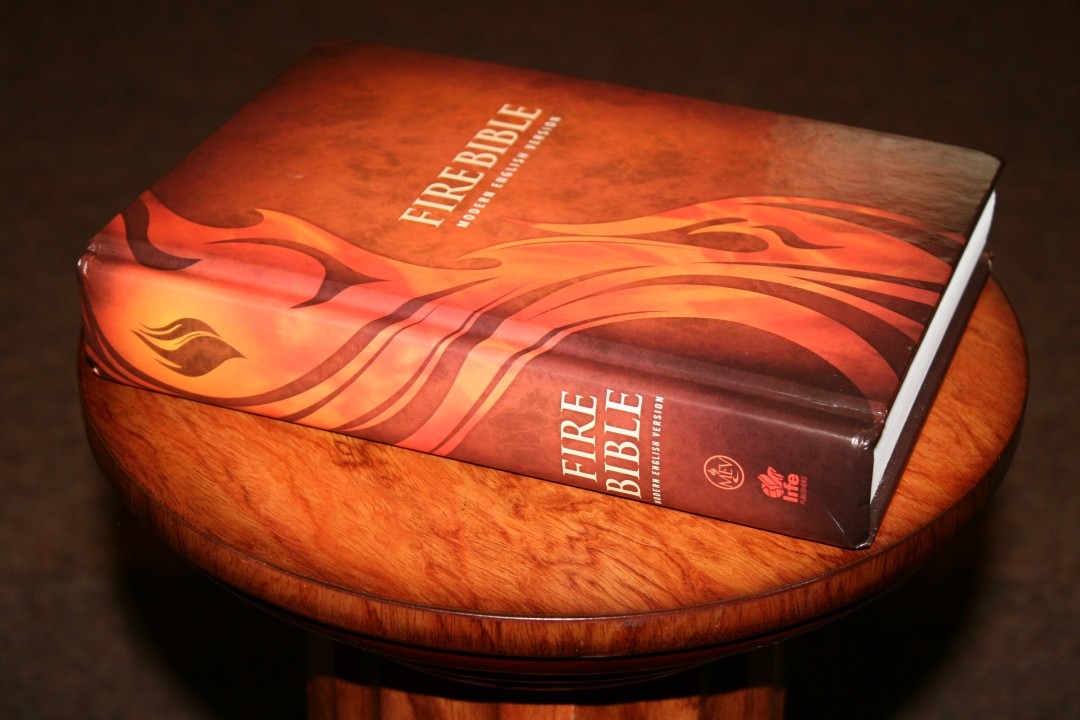
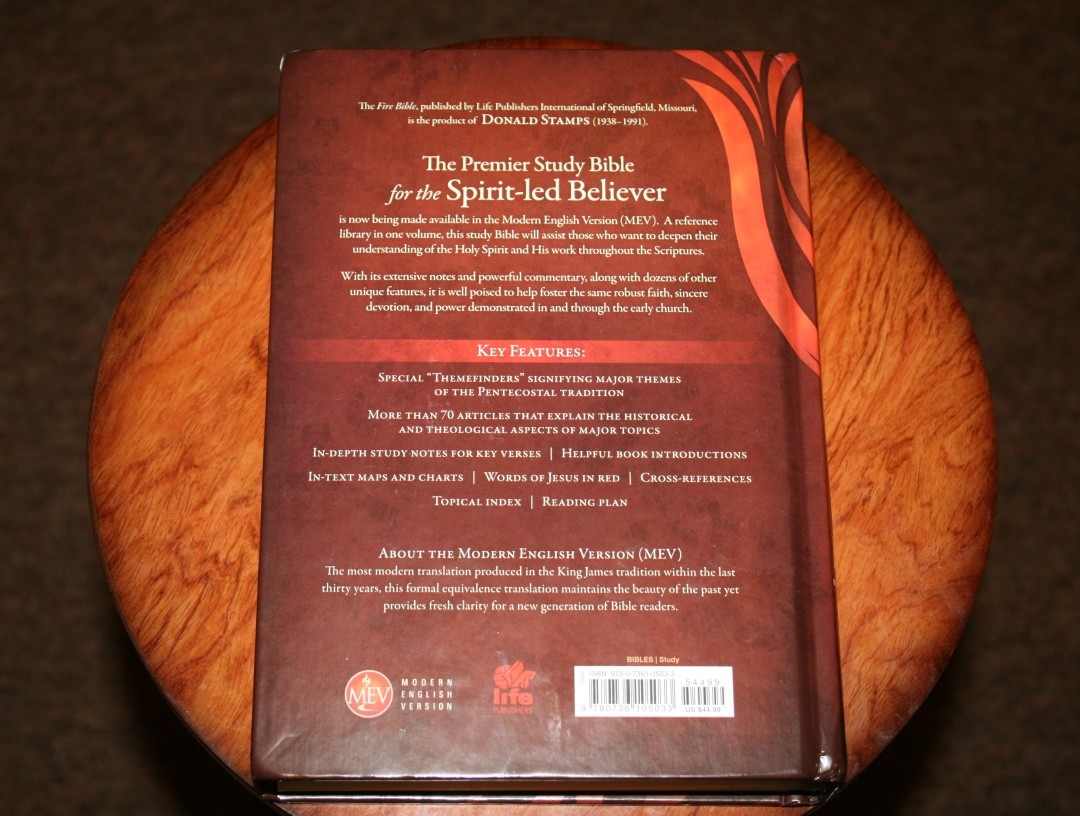
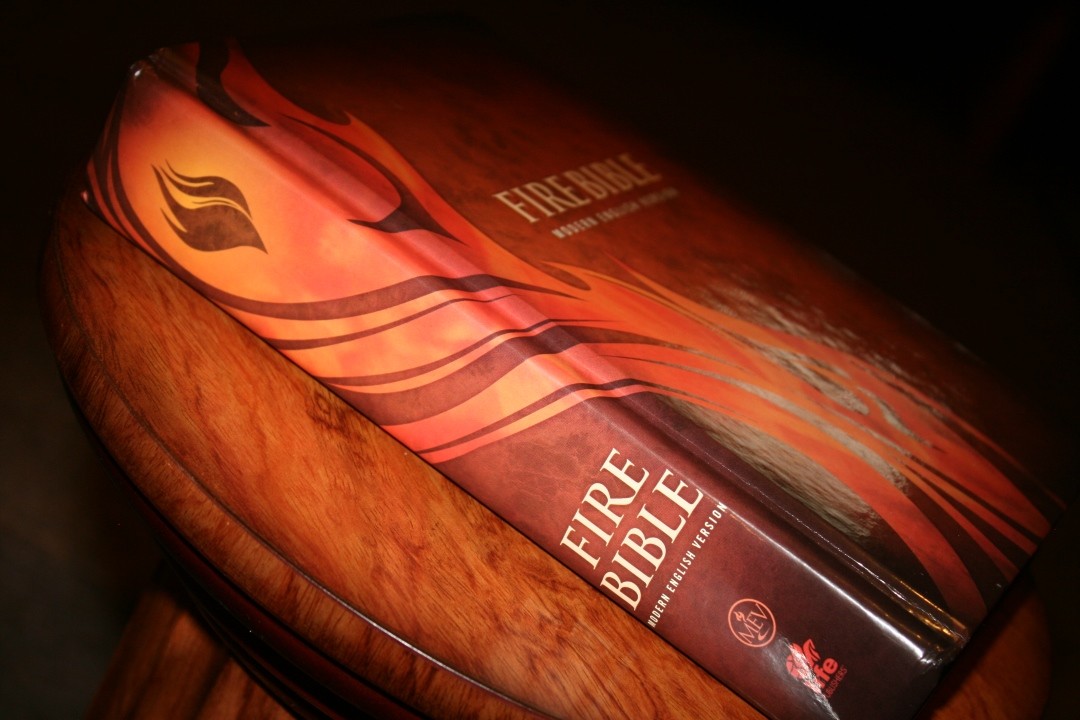
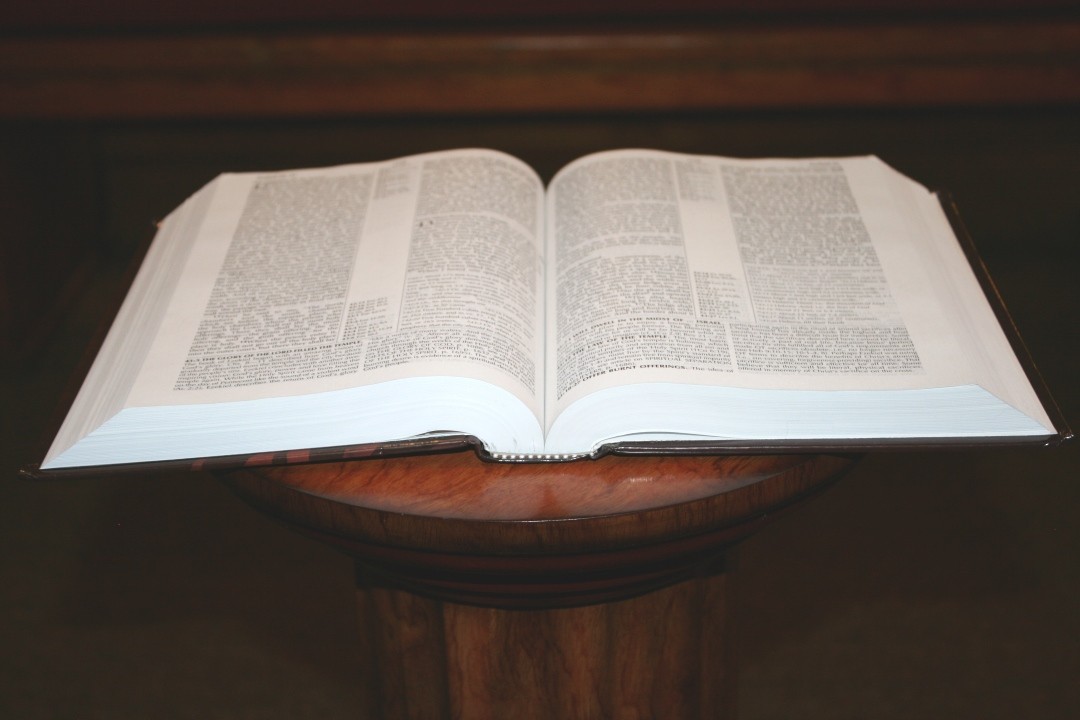
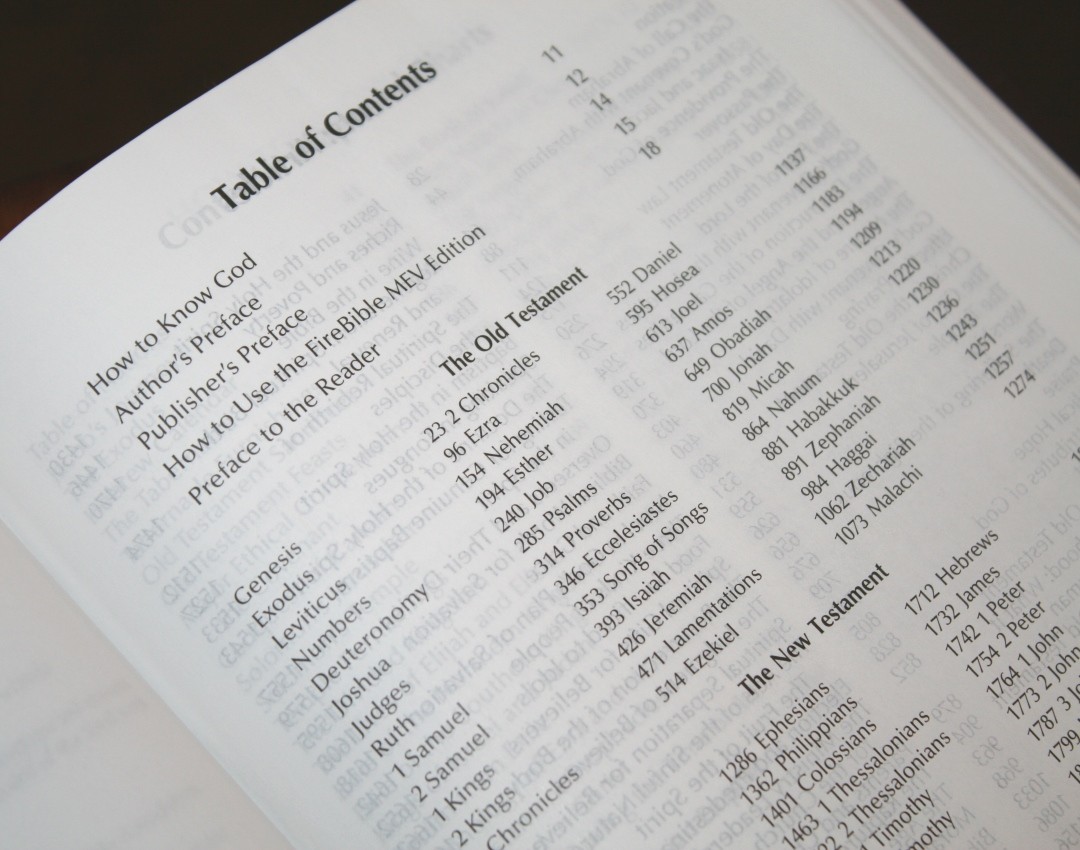

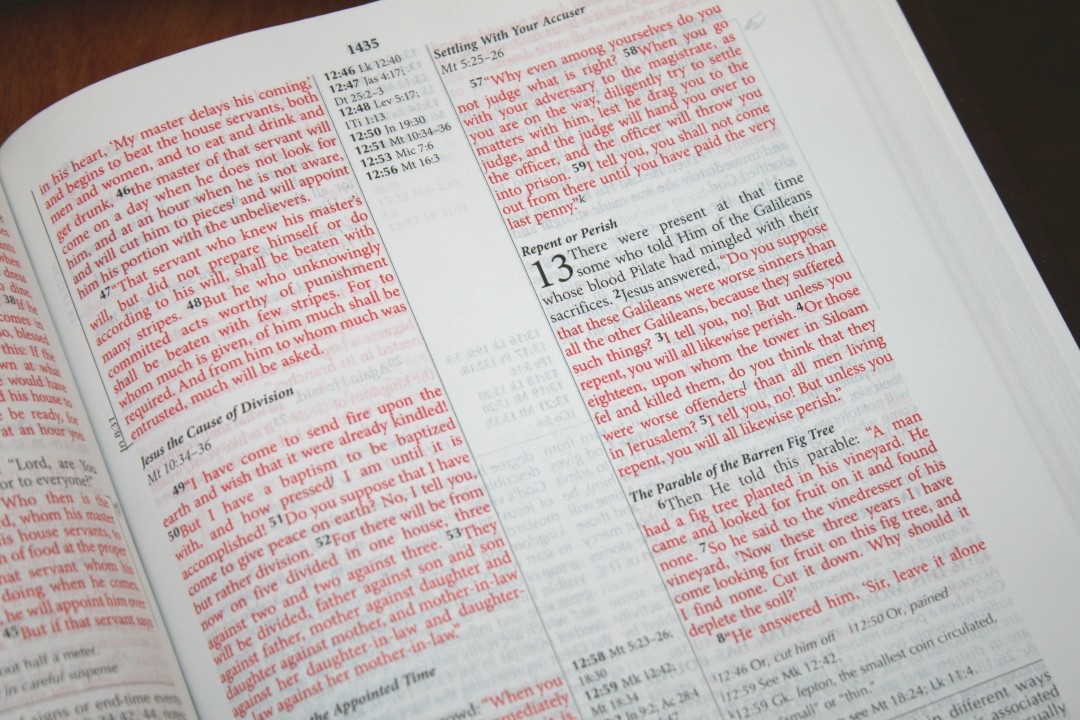
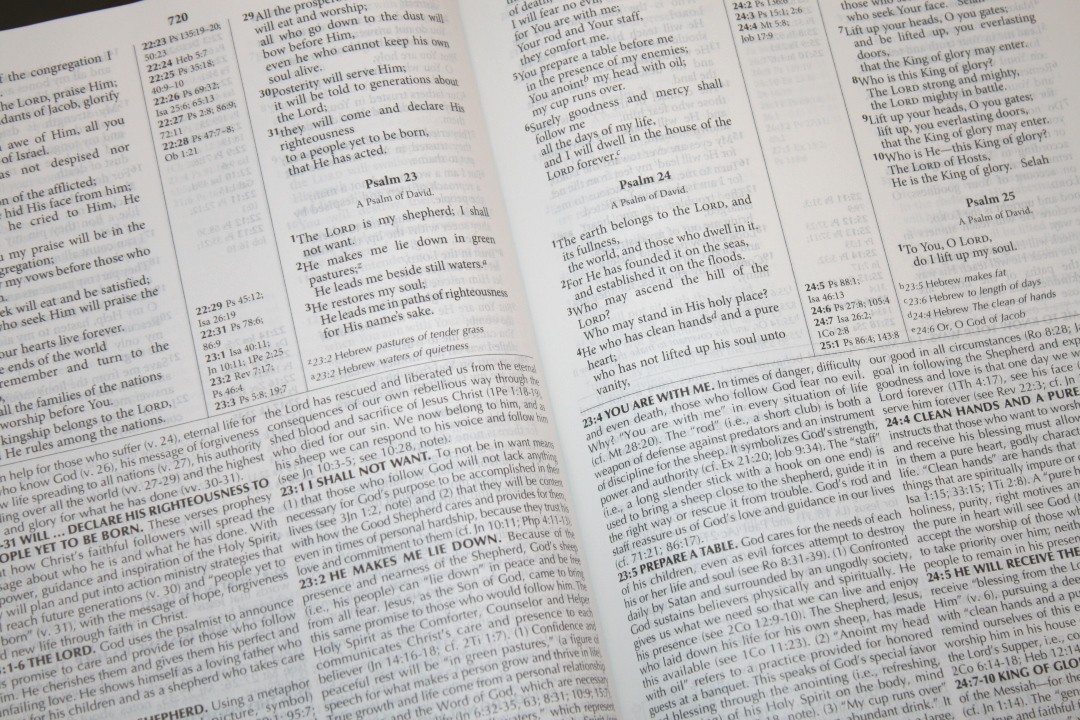

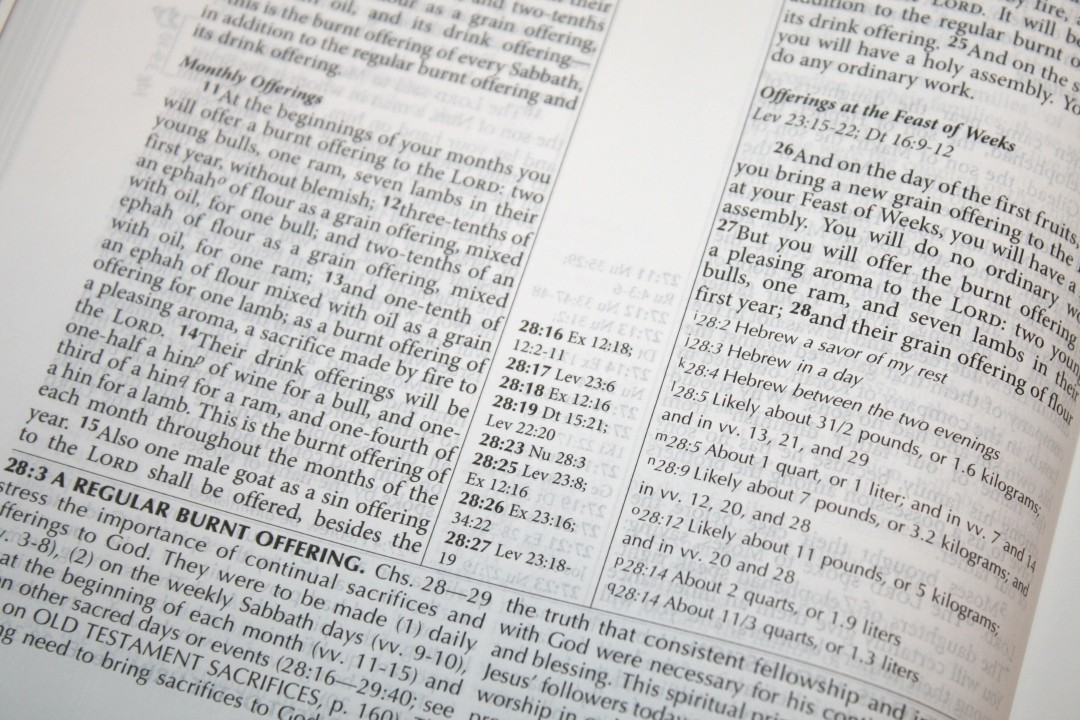
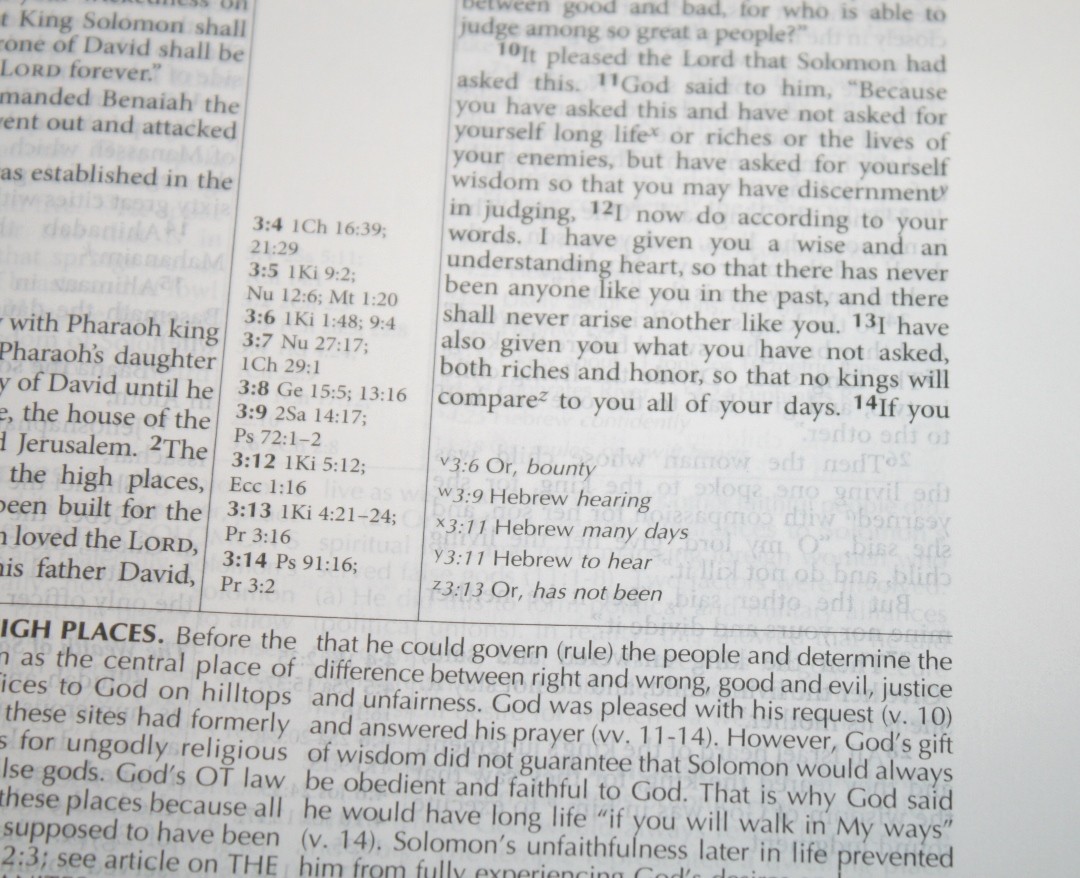

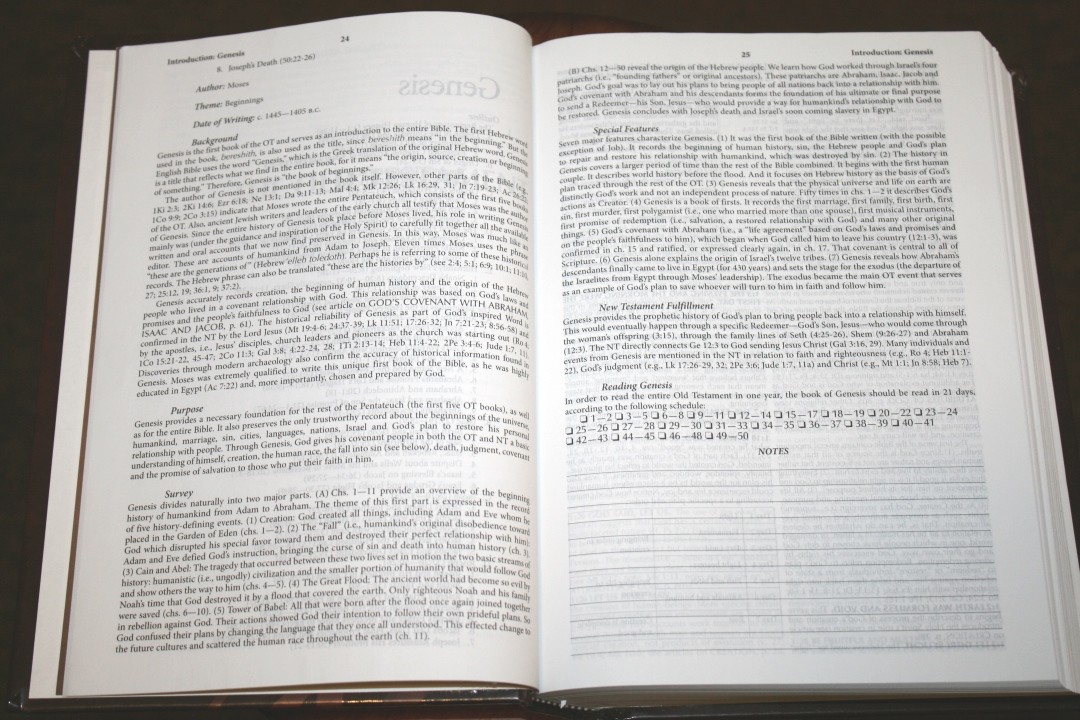

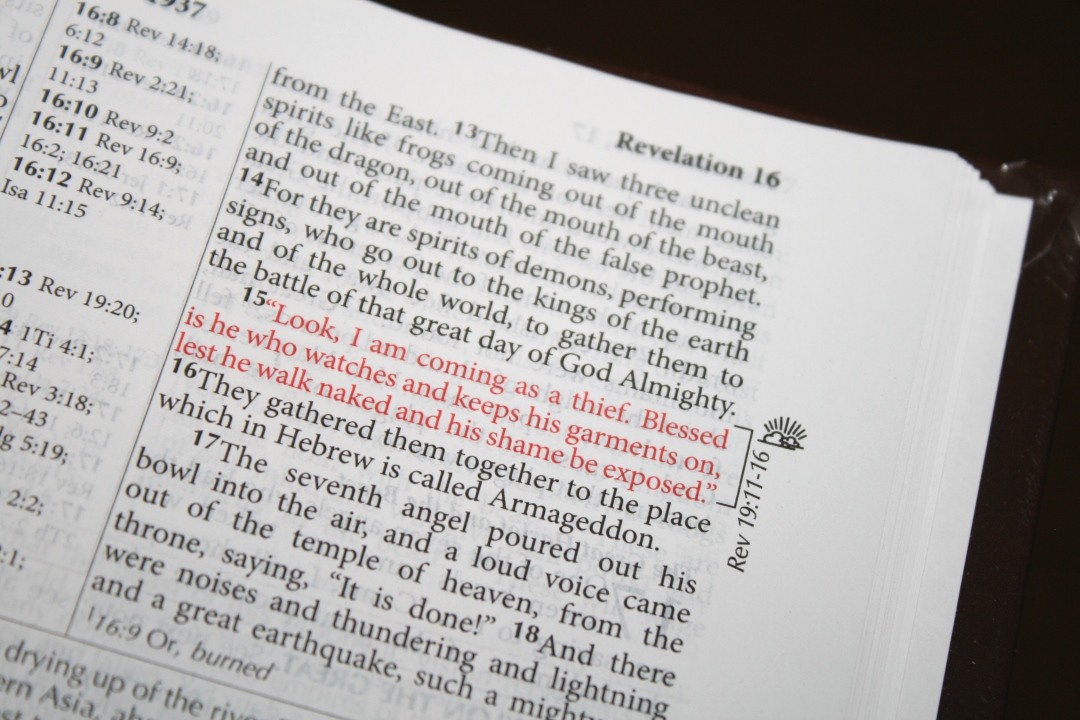
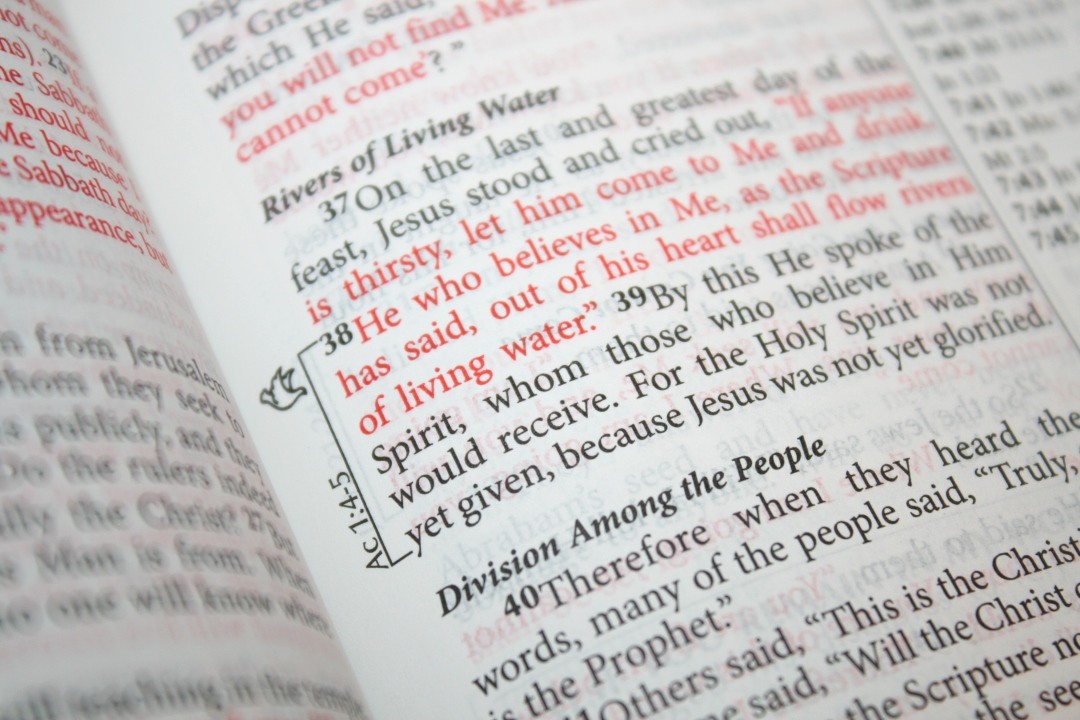
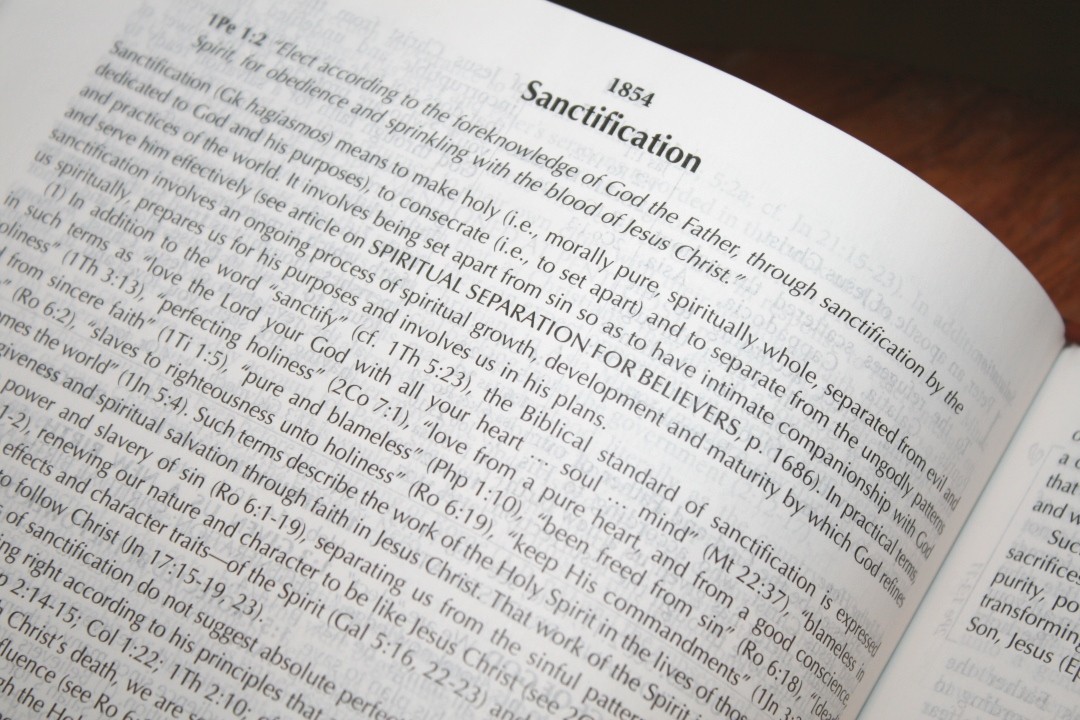
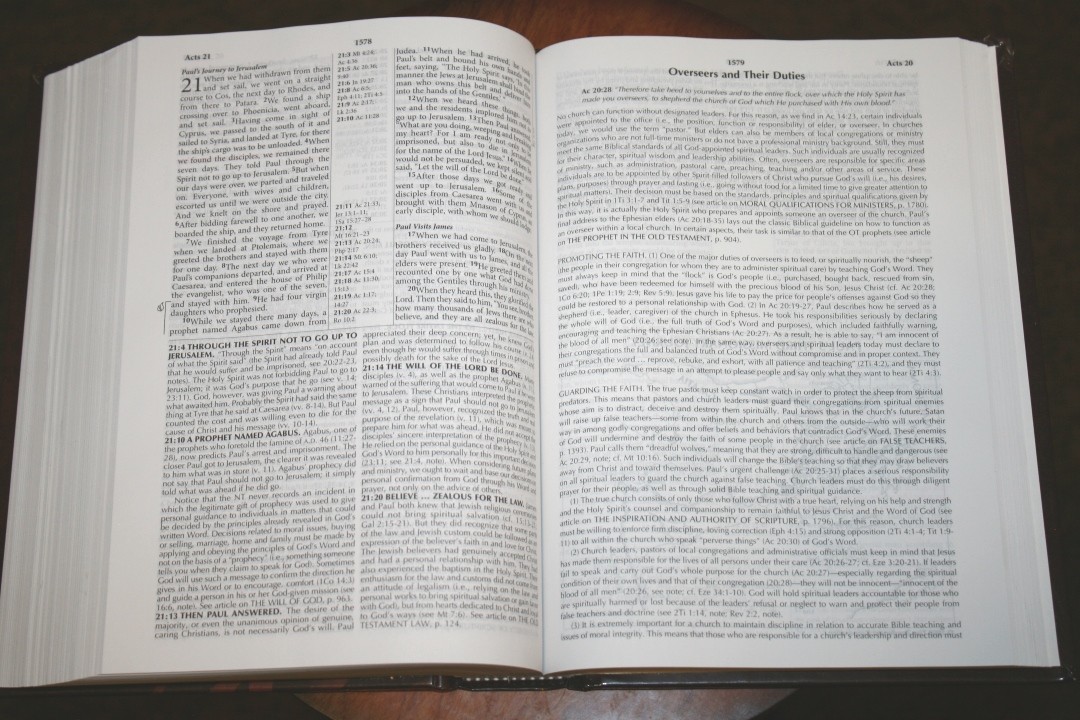
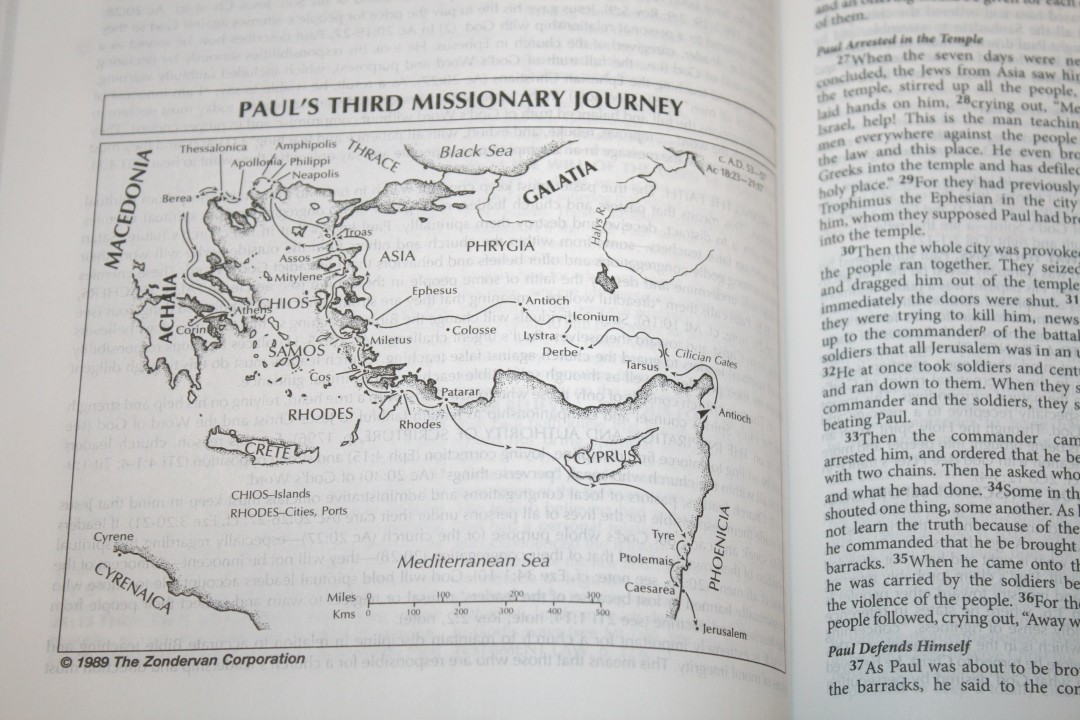
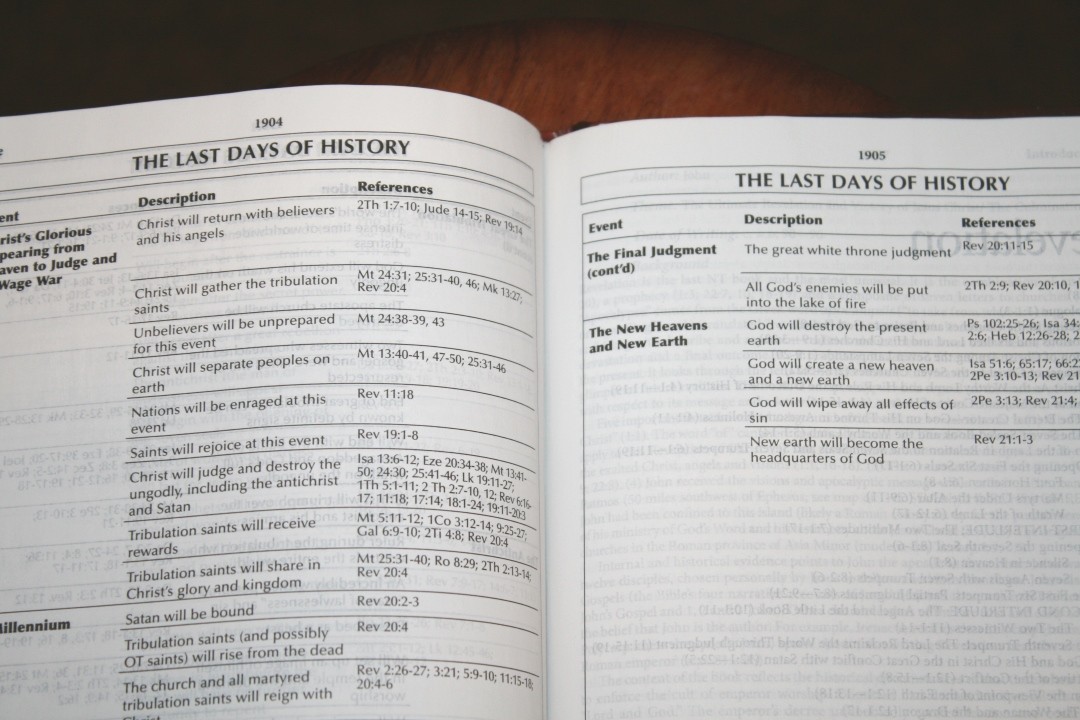
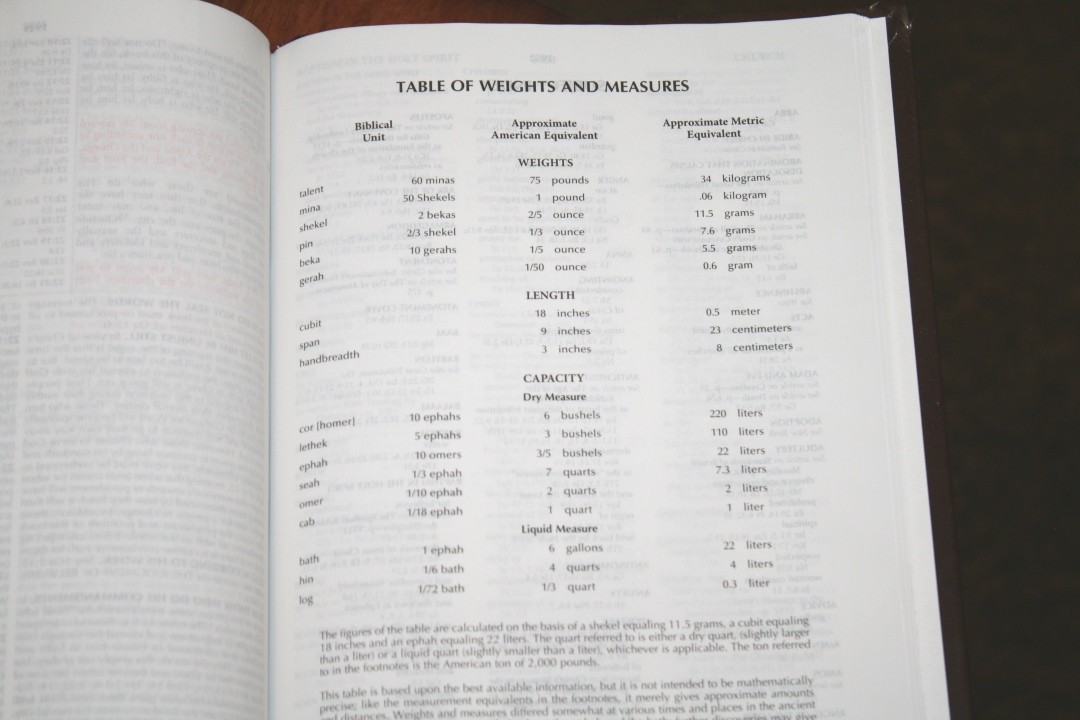
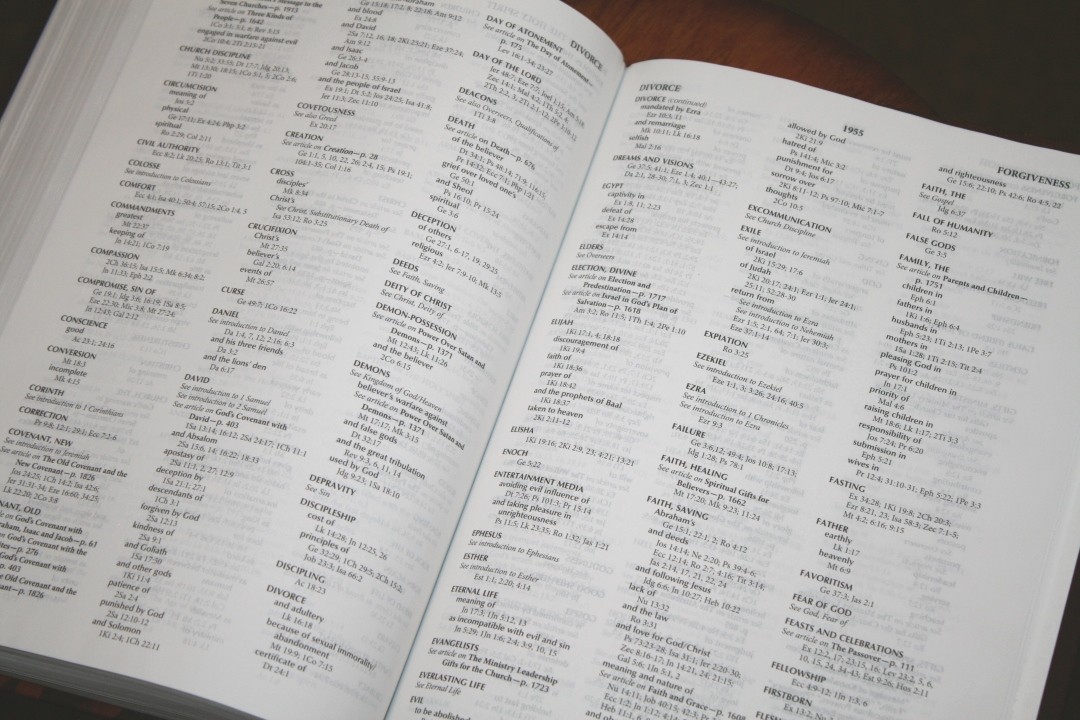
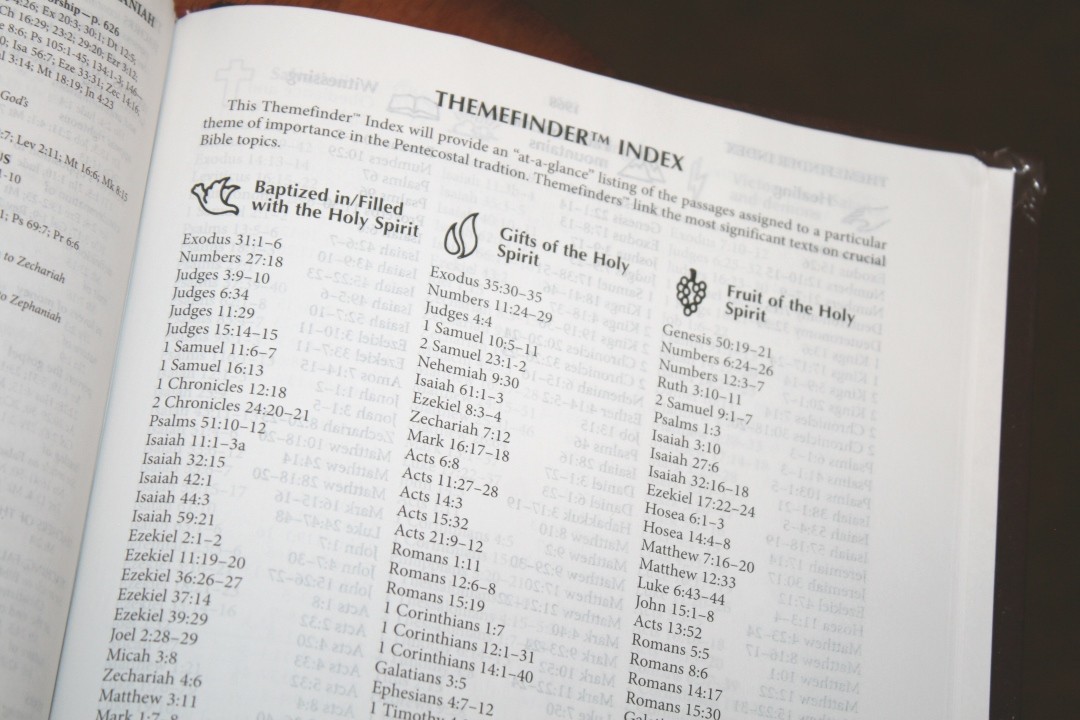
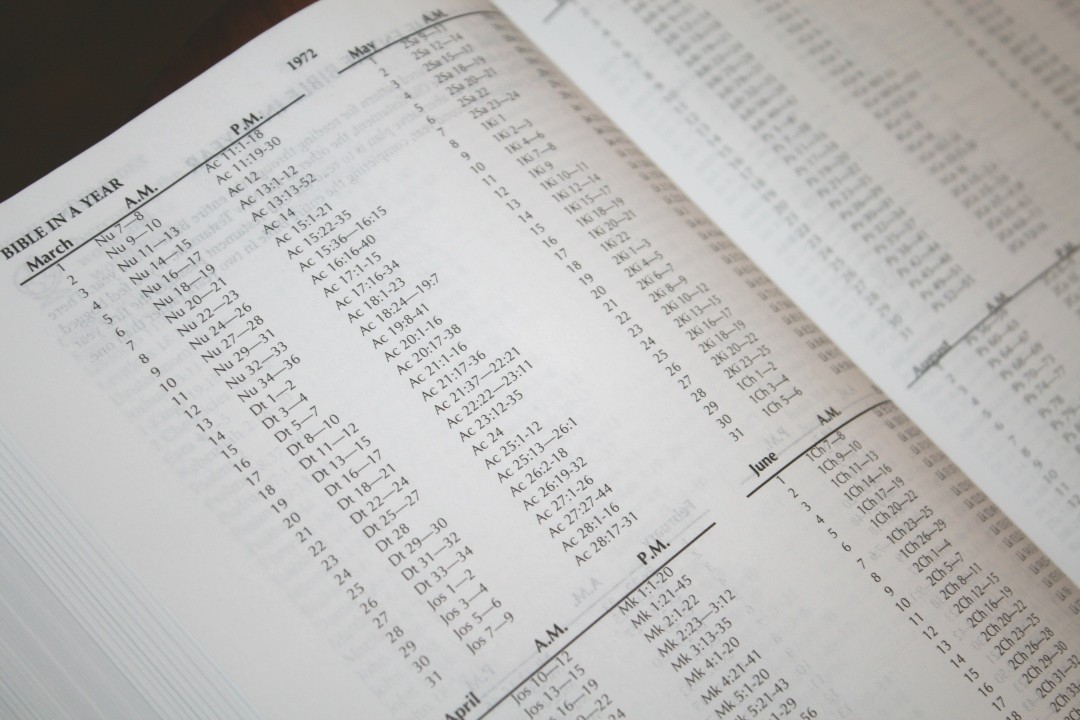
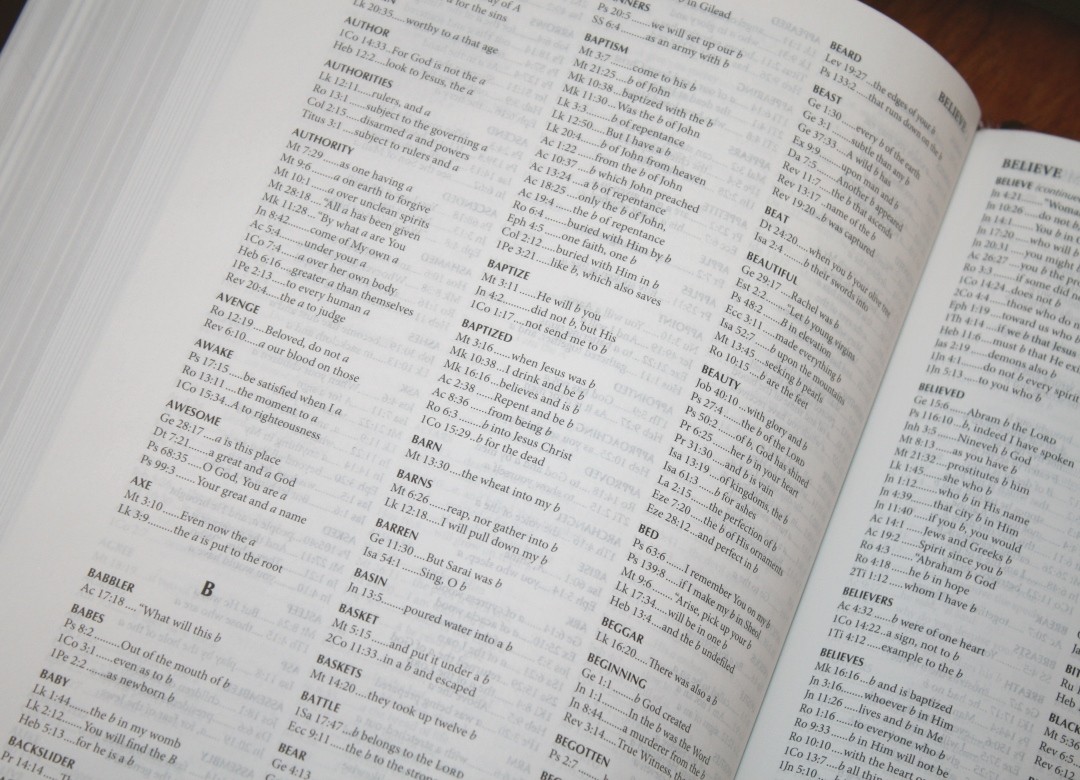
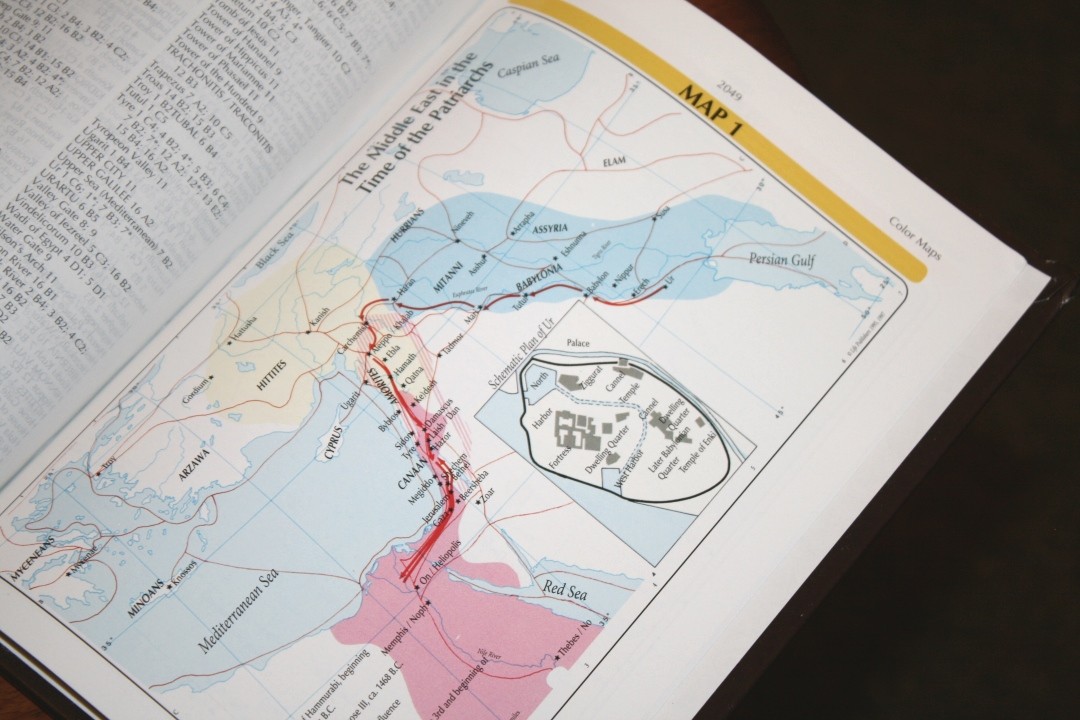
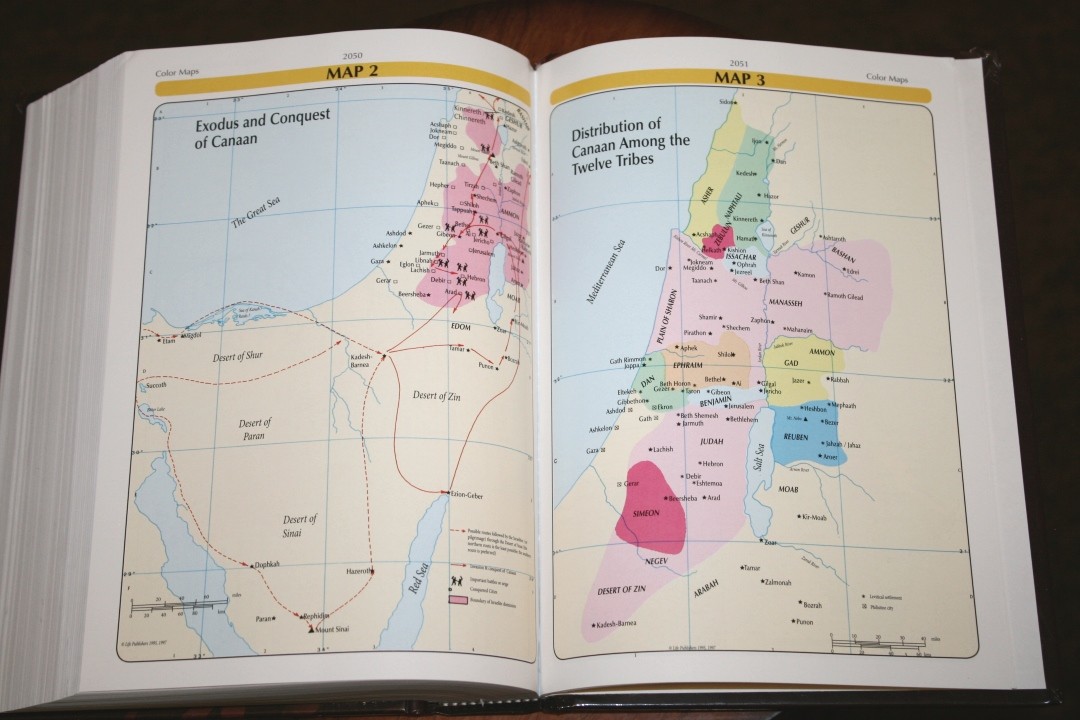
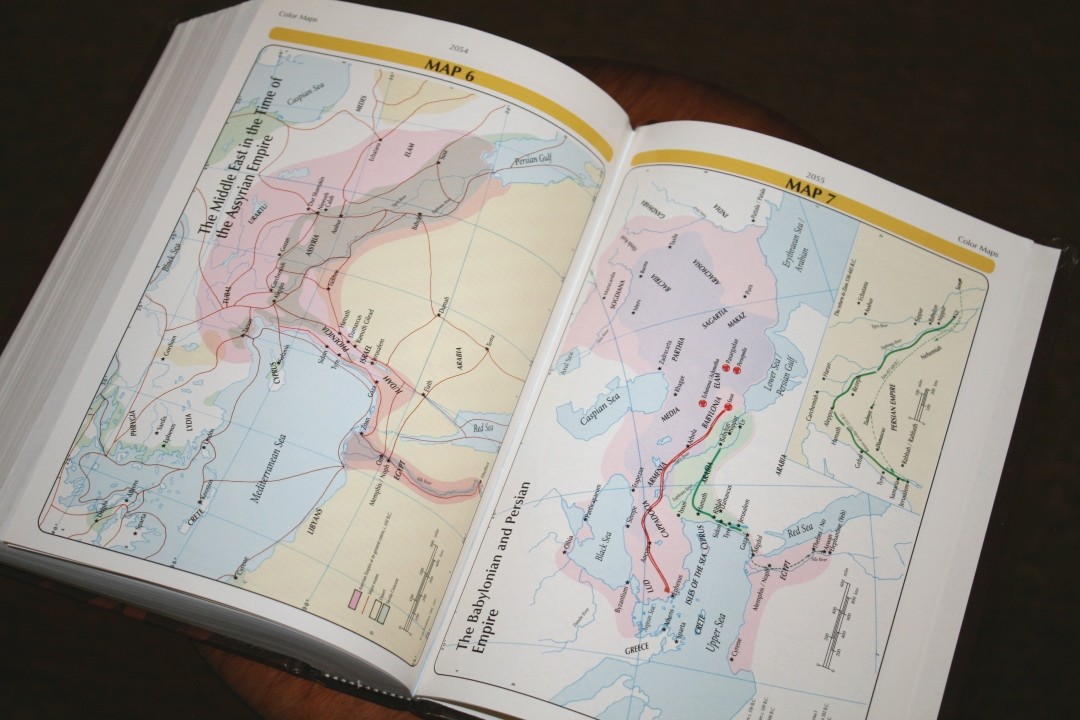
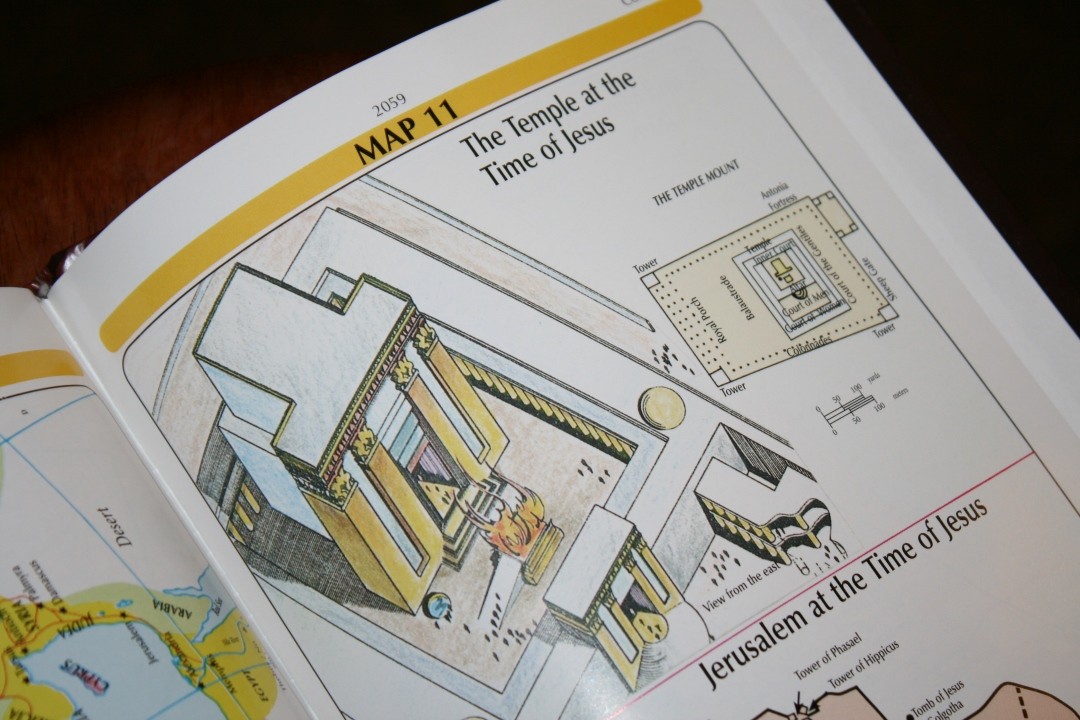
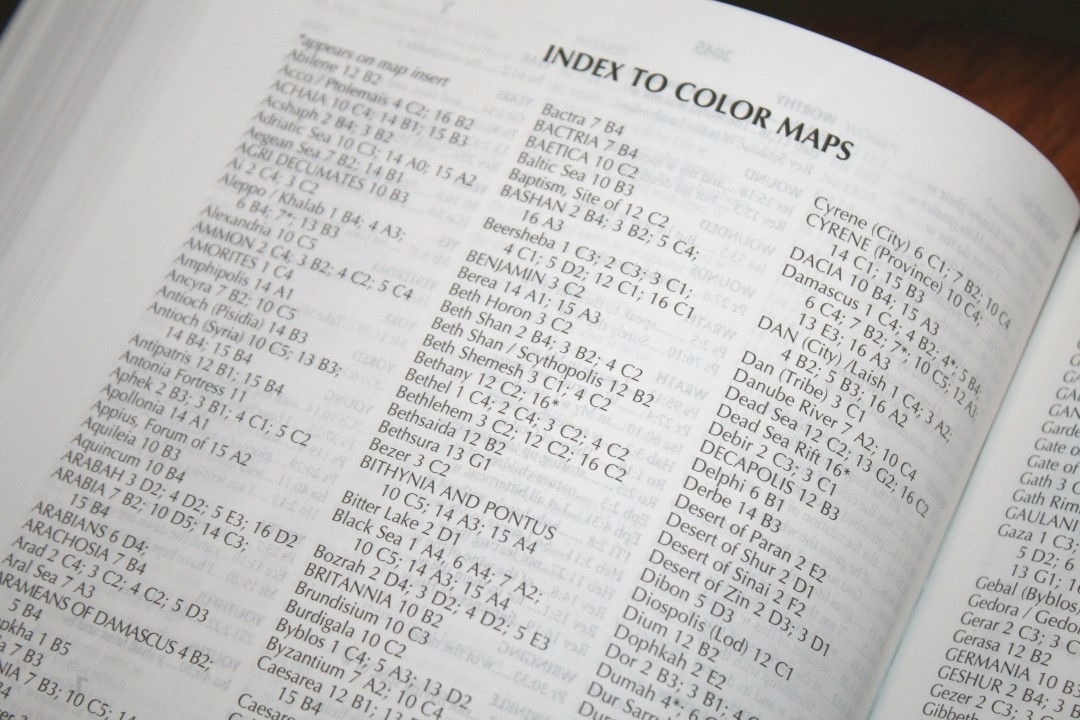
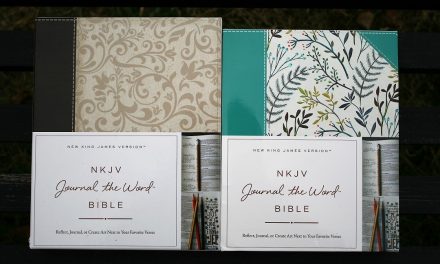








I think the contents of this study bible or its study notes are the same as the ESV Fire Bible. if not what’s the difference?
You’re correct.
The KJV and MEV used the same original documents for their translations. The big difference is that it is the ESV and therefore not only a different translation but a translation from different documents. In Revelations the antichrist is called “it” in the ESV. In the King James version, the antichrist is called “he.” The ESV, though it has a reputation as being a really good translation, is not at all in my opinion. I had another really good example I learned last week but now I have forgotten it, but it was an important difference.
Hi Randy,
I purchased the hardcover edition of The MEV Fire Bible. The “red letter” is more of a light brown, not bright at all. I do not generally purchase Bibles for the red letters though. I purchase different Bibles for the translation and/or the articles and other content. The brown lettering is not as stark or glaring as the usual red letter editions. I purchased the MEV version because it was not the KJV. The translation reminds me of the NKJV, which I really like. The only versions of the Bible we had way back when was the KJV or Revised Standard and nobody I knew used that,